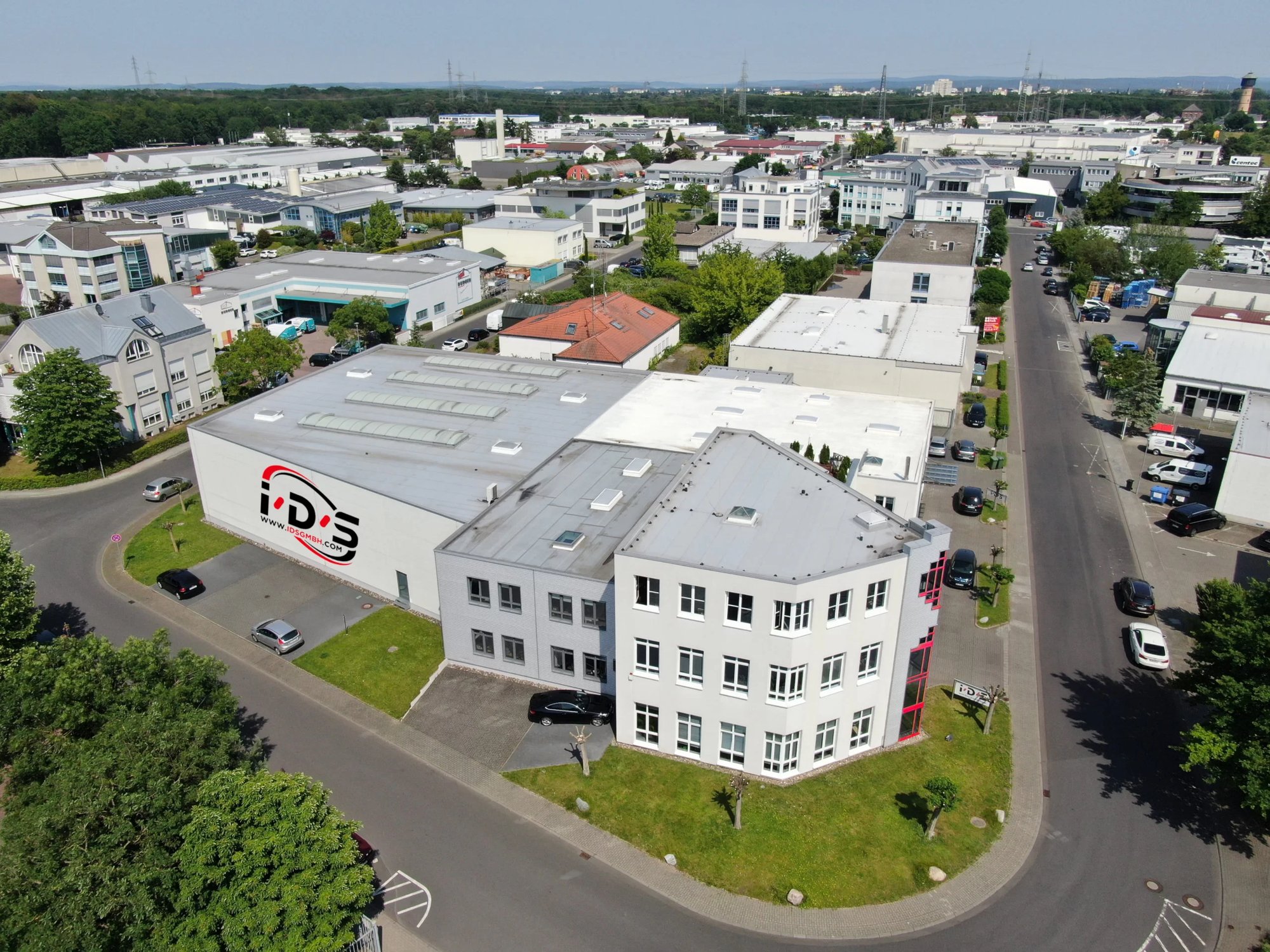Your managed service provider for innovative and reliable network solutions
IDS develops customised solutions for your IT infrastructure, from individual consulting and network design to network operation and monitoring.
Powerful networks for successful businesses — now and in the future
Innovation and proven reliability go hand in hand at IDS. Our promise to our customers is to create high-performance networks based on secure and future-proof IT infrastructures — an essential building block for maximum efficiency in your business processes.

IDS GmbH is your reliable partner for comprehensive consulting, services and support in all areas of IT infrastructure.

Together with our highly competent partner network, we offer our customers independent, cross-platform IT consulting. With IDS, you get exactly the solution you need.
Industry-specific network solutions from IDS
IDS provides customised IT infrastructure solutions across all sectors. Our clients include healthcare, automotive, government, retail, banking and insurance. We understand the specifics of each industry and the requirements and regulations that apply to high-performance, secure IT.
Find out more about reliable network solutions for your industry:
Transport
We provide simple, seamless site connectivity and manage your global networks.
Maritime
We develop specialised IT infrastructures for navigation, communication and safety at sea.
Public authorities
Benefit from security-focused networks that ensure privacy and compliance for public institutions.
News
What help you succeed
With IDS, you don't get a one-size-fits-all solution but comprehensive IT services tailored to your business. We work with you to analyse your requirements and current situation, develop customised network strategies and implement them effectively. Our measures focus on the security and availability of your systems, applications and data. With our extensive experience and expertise, we can support you from the planning stage of your IT projects through to implementation and beyond.
IDS GmbH over the years
The history of Inter Data Systems GmbH is characterised by more than three decades of passion for IT. Since 1991, we have continued to develop and are proud to be an established partner for innovative and holistic network solutions. We're dedicated to creating secure and future-proof IT infrastructures for companies in all industries. Our vision is to combine innovation and reliability to create an IT infrastructure that's the cornerstone of our customers' growth and competitiveness.
We build strong partnerships built on trust. Our independence from vendor products sets us apart, meaning our team of experts can offer our customers unique, tailor-made solutions that are always focused on their individual needs.
Learn more about our projects
The projects we've successfully delivered for our customers over the years reflect the diversity of their industries. From small start-ups to large international corporations, we work with many customers with very different requirements for their networks and IT solutions.
Our projects range from optimising WiFi and seamless cloud migrations to ensuring uninterrupted video streaming. We also resolve connectivity issues and secure business-critical hardware in an emergency.
1063
projects
More than a thousand customised network solutions for a wide range of industries.
1815
satisfied customers
Your success is our benchmark.
869,428
support minutes
We'll help you with your questions.
33
years of experience
Your IT partner for proven solutions.





CONTACT
Do you have any questions? We're happy to advise you.
Inter Data Systems GmbH has been offering efficient consulting, competent service and comprehensive support for IT infrastructure since 1991.
We've set ourselves the goal of always getting the best for our customers, whereby our particular strength lies in innovative solution consulting.
For more details, simply fill in the form and we will get back to you.

Sascha Sturm
CEO

